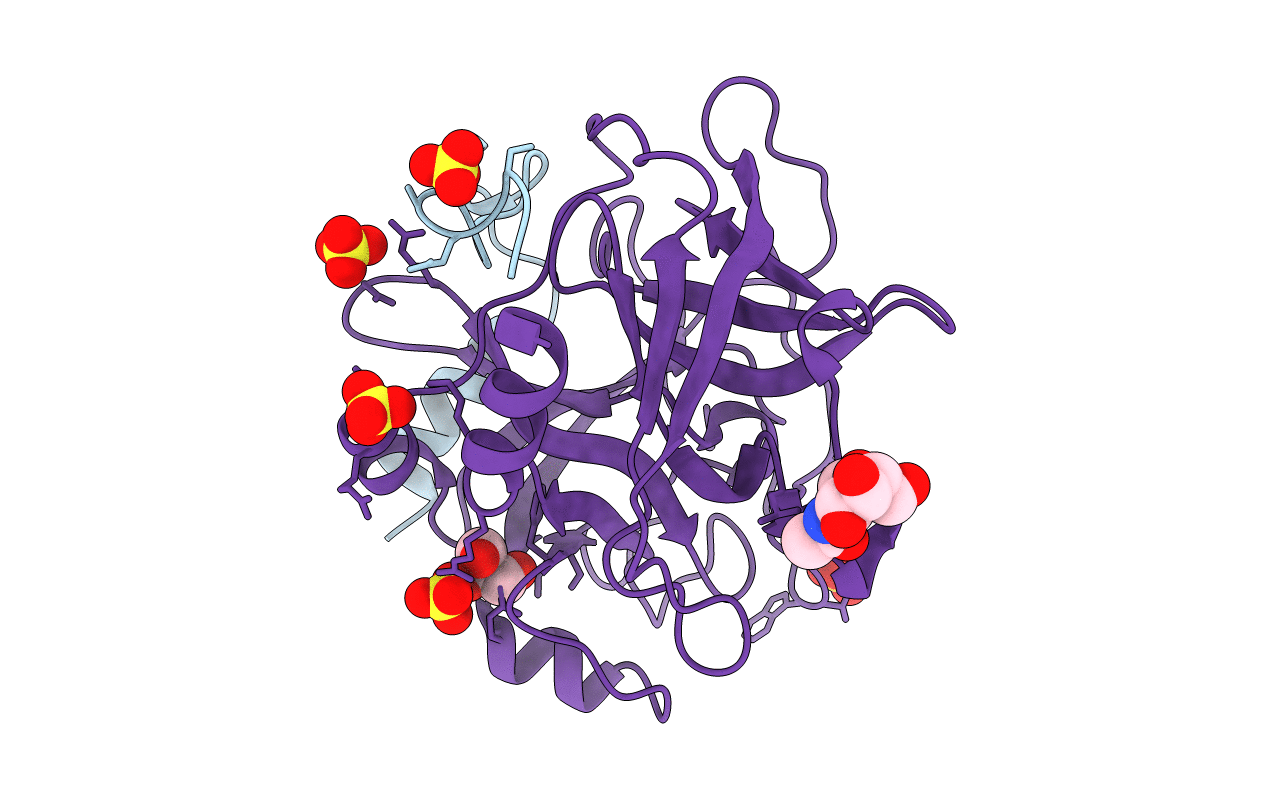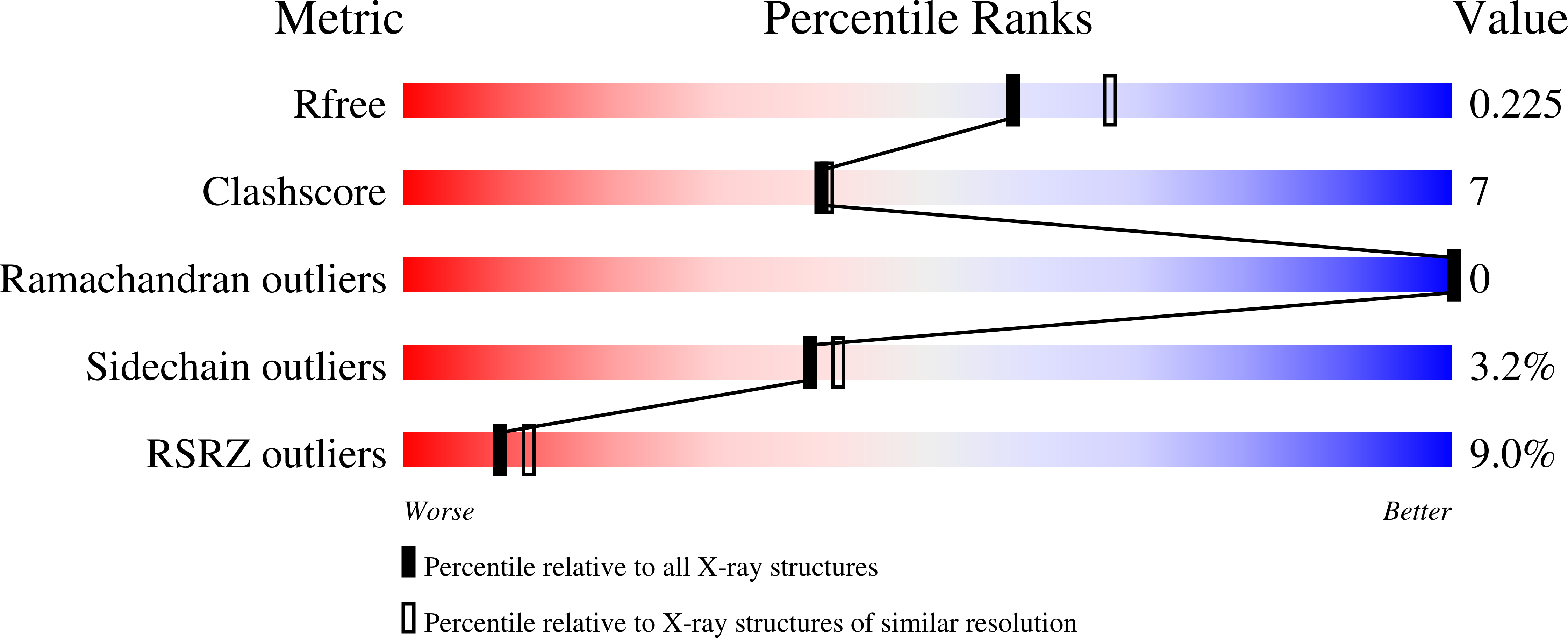
Deposition Date
2021-11-08
Release Date
2021-12-08
Last Version Date
2024-11-06
Entry Detail
PDB ID:
7SR9
Keywords:
Title:
Human alpha-thrombin with 180- and 220- loops replaced with homologous loops from protein C
Biological Source:
Source Organism:
Homo sapiens (Taxon ID: 9606)
Host Organism:
Method Details:
Experimental Method:
Resolution:
2.10 Å
R-Value Free:
0.22
R-Value Work:
0.17
R-Value Observed:
0.18
Space Group:
C 1 2 1


